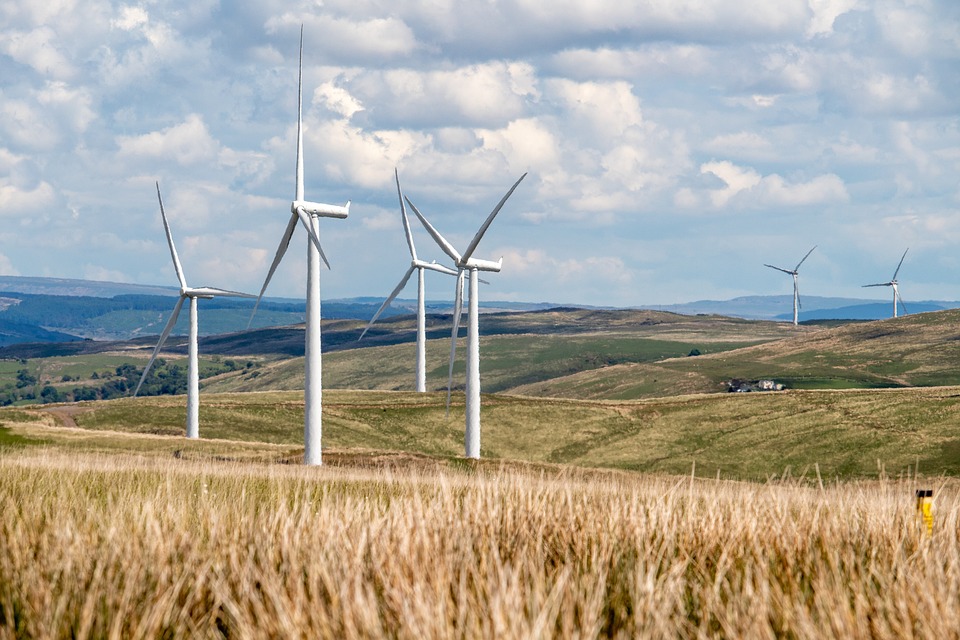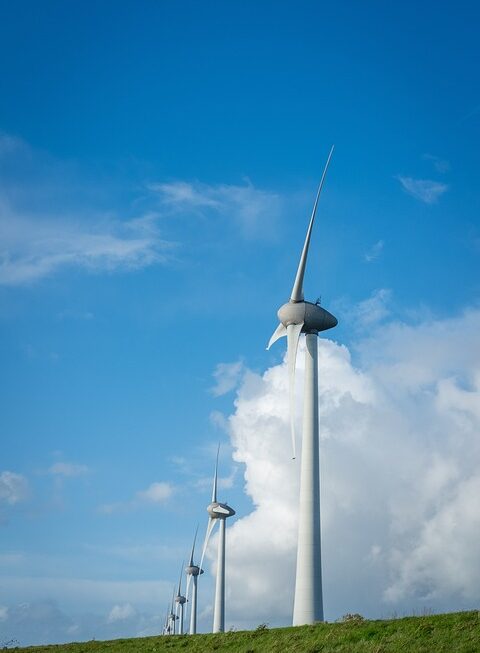[ad_1]
From Waste to Wealth: Exploring the Potential of Bioenergy
Introduction:
In a world where energy demand continues to rise while finite fossil fuel resources are depleting rapidly, finding sustainable and renewable alternatives is crucial. Bioenergy offers a promising solution by transforming waste materials into valuable sources of power. This article explores the potential of bioenergy as a means of addressing energy needs, reducing waste, and creating economic opportunities while also outlining the FAQs related to this field.
1. What is Bioenergy?
Bioenergy is the energy derived from biomass, which includes organic materials such as agricultural waste, forest residues, and dedicated energy crops. These sources can be converted into various forms of energy, including heat, electricity, and biofuels. The process typically involves combustion, gasification, anaerobic digestion, or biochemical conversion, releasing energy in the form of heat or electricity.
2. The Benefits of Bioenergy:
2.1. Renewable Energy Source:
Bioenergy is considered a renewable resource since biomass can be replenished. Unlike fossil fuels, which take millions of years to form, biomass is continuously generated from agricultural and forestry activities, making it a sustainable alternative.
2.2. Waste Management Solution:
Bioenergy presents an effective waste management solution. It helps reduce waste volume by converting organic materials into useful energy, preventing landfill pollution and mitigating greenhouse gas emissions. By diverting waste from traditional disposal methods, bioenergy contributes to a circular economy and enhances resource efficiency.
2.3. Climate Change Mitigation:
Bioenergy is considered a carbon-neutral energy source, as the carbon emitted during the combustion process is balanced by the carbon absorbed by the original biomass feedstock. By substituting fossil fuels, bioenergy reduces greenhouse gas emissions, mitigating the impact of climate change.
2.4. Rural Development and Job Creation:
The bioenergy sector has the potential to revitalize rural economies by creating jobs at various stages of biomass production, processing, and distribution. Additionally, the cultivation of dedicated energy crops provides farmers with an additional revenue stream while diversifying their income sources.
3. Types of Bioenergy:
3.1. Biofuels:
Biofuels are liquid or gaseous fuels produced from biomass, primarily for transportation purposes. The two main categories of biofuels are bioethanol and biodiesel. Bioethanol is typically derived from crops such as corn, sugarcane, or wheat, while biodiesel is mainly produced from vegetable oils or animal fats. These biofuels can be blended with conventional fossil fuels or used as a standalone fuel in dedicated vehicles or power plants.
3.2. Biopower:
Biopower refers to the generation of heat or electricity from biomass through combustion, gasification, or anaerobic digestion processes. Biomass power plants produce heat and electricity by burning biomass in a controlled manner, while gasification involves converting biomass into a synthetic gas (syngas) for power generation. Anaerobic digestion utilizes bacteria to break down organic matter, producing biogas that can be used for heating, electricity production, or as a vehicle fuel.
4. Challenges and Limitations:
4.1. Feedstock Availability:
One of the main challenges of bioenergy is ensuring a sustainable and abundant supply of biomass feedstock. While some biomass sources, such as agricultural and forestry residues, are widely available, the cultivation of energy crops may compete with food production or require large land areas.
4.2. Cost Competitiveness:
Bioenergy projects often face challenges in terms of cost competitiveness compared to fossil fuel alternatives. The high capital costs associated with establishing biomass processing facilities, technology efficiency, and regulatory considerations can impact the overall economics of bioenergy systems.
4.3. Environmental Impact:
While bioenergy holds promise as a sustainable solution, certain biofuel feedstock production may have adverse environmental impacts. For example, land-use change for energy crop cultivation could lead to deforestation or the conversion of natural habitats, potentially offsetting the positive environmental benefits of bioenergy.
5. Conclusion:
Bioenergy presents a viable and sustainable solution to address the increasing global energy demand while minimizing waste and contributing to a greener future. Through the conversion of biomass, this renewable energy source offers numerous benefits, including waste management, climate change mitigation, and rural development. However, the challenges such as feedstock availability, cost competitiveness, and environmental impact must be addressed to optimize the potential of bioenergy.
FAQs:
Q1. Is bioenergy only suitable for large-scale industries?
No, bioenergy can be employed at varying scales, from small-scale residential heating to industrial power generation. Its versatility makes bioenergy applicable to a wide range of applications and settings.
Q2. Can bioenergy compete with traditional fossil fuels in terms of efficiency?
Advancements in bioenergy technologies have improved efficiency significantly, making it a viable alternative to traditional fossil fuels. However, certain factors, such as the type of biomass feedstock and the combustion/gasification technology used, may influence the overall efficiency levels.
Q3. Does bioenergy require significant infrastructure development?
The required infrastructure for bioenergy varies depending on the specific application. For instance, residential biomass boilers may require minimal infrastructure modifications, while larger-scale power plants may necessitate more substantial investments in processing facilities, storage, and transportation systems.
Q4. What are the environmental benefits of bioenergy compared to fossil fuels?
Bioenergy offers significant environmental benefits, including reduced greenhouse gas emissions, waste diversion from landfills, and the potential to protect ecosystems through sustainable land management practices. However, environmental impacts must be carefully evaluated and mitigated throughout the entire bioenergy value chain.
Q5. How does bioenergy contribute to energy security?
Bioenergy promotes energy security by diversifying the energy mix and reducing reliance on imported fossil fuels. Locally produced biomass can provide a more sustainable and reliable source of energy, decreasing the vulnerability of countries to international energy price fluctuations and geopolitical tensions.
[ad_2]



